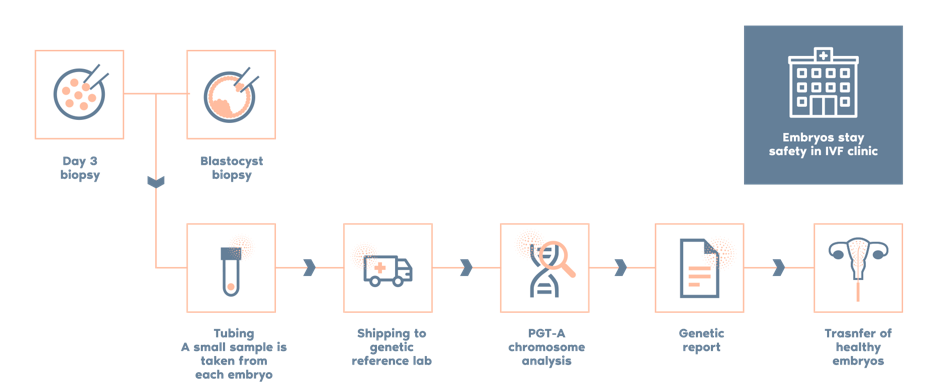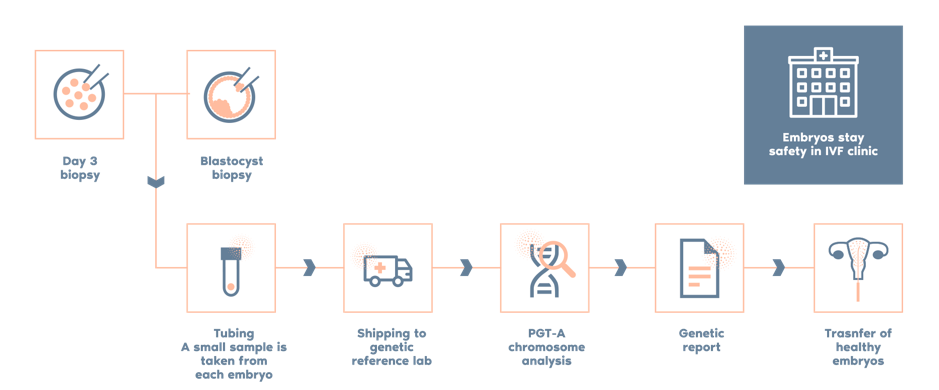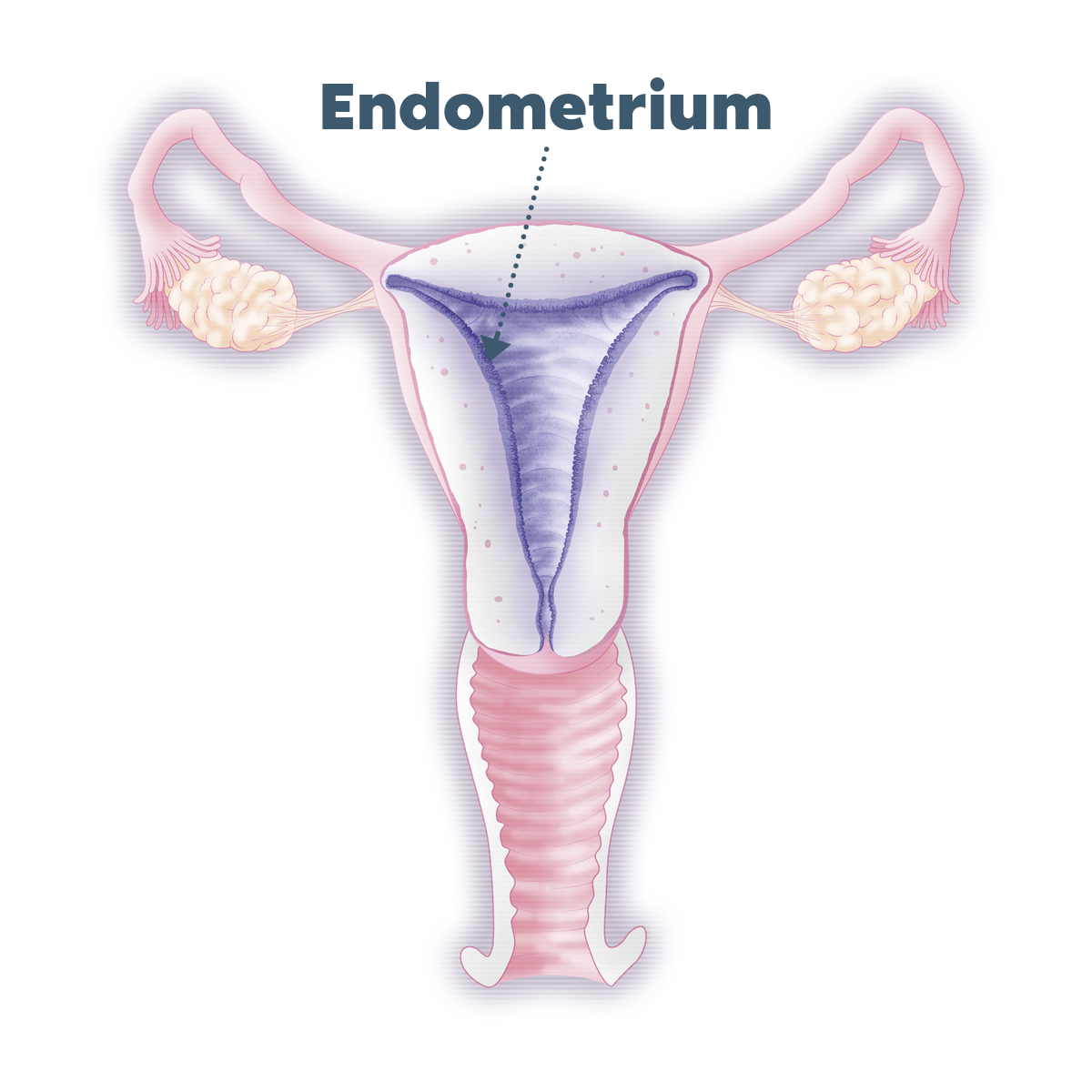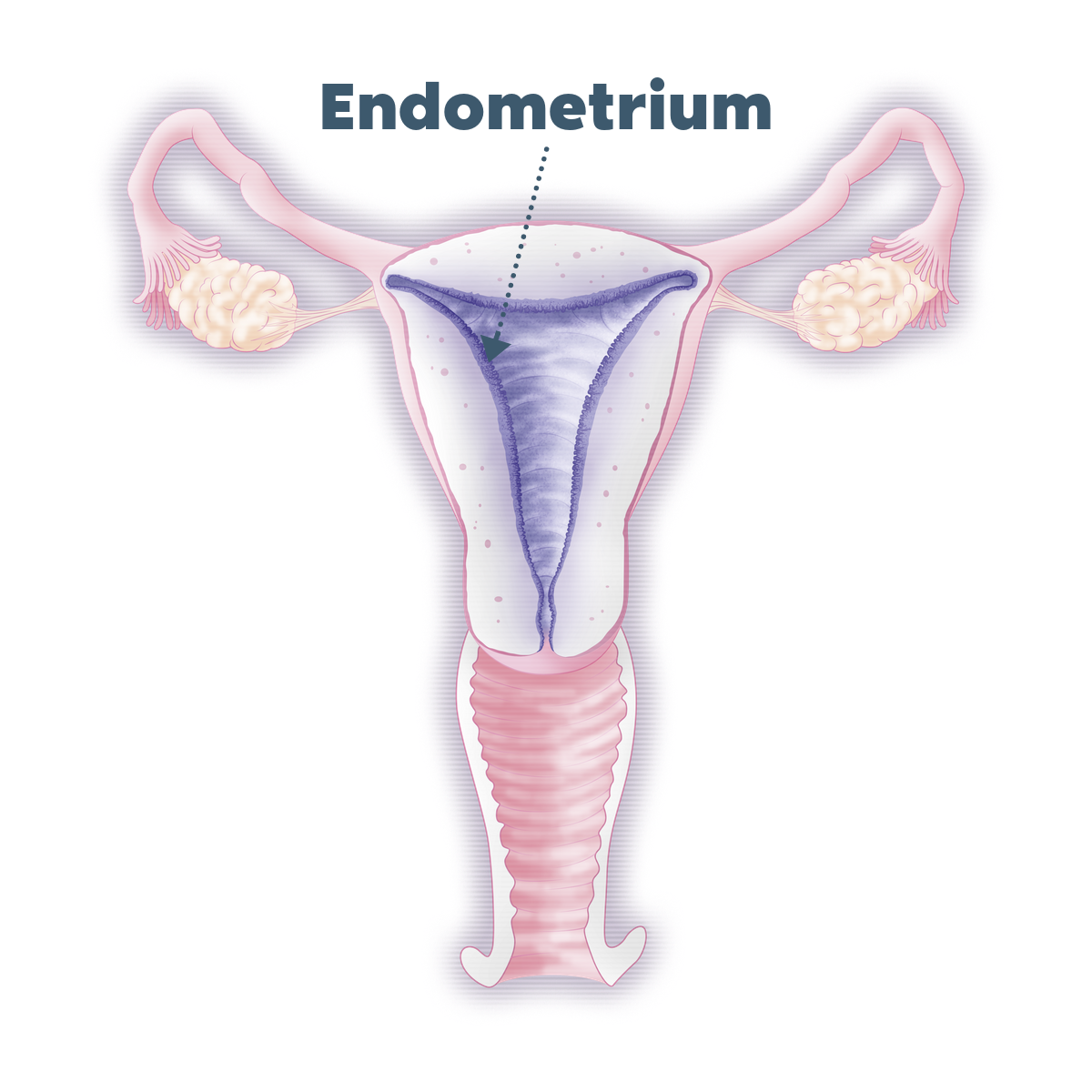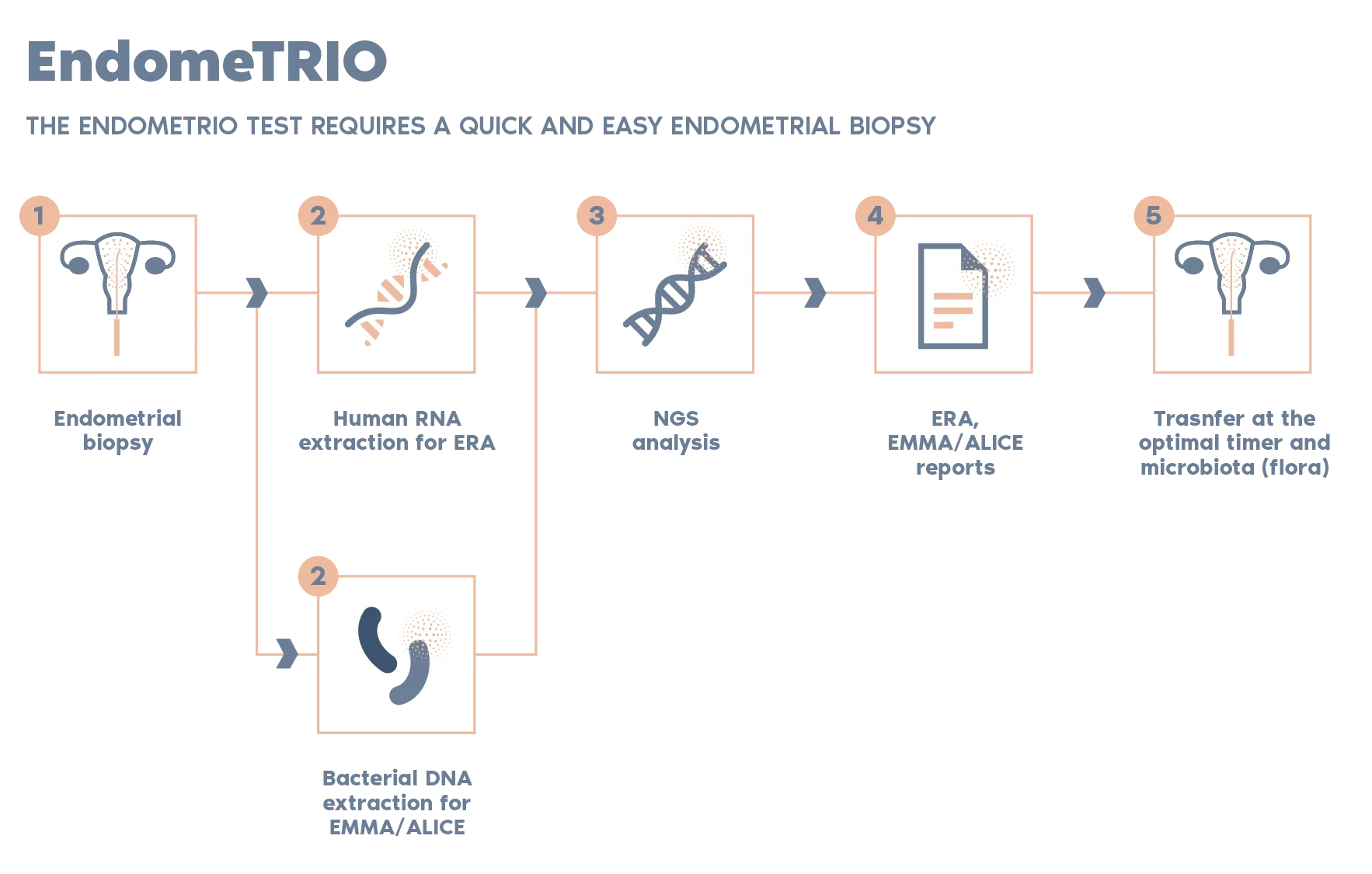Baby Gender
With Baby Gender couples can now plan their family with the most accurate gender selection test

Gender selection and a complete analysis of most critical chromosomal abnormalities.

24-hour reporting using advanced NGS technology.

Result is 99% accurate.

CAP Accreditated.
The latest technological advances helps parents-to-be to plan their families carefully and to fulfill their dream of having a girl or a boy.
What is Baby Gender test?
> Baby Gender is a genetic study of the embryos performed during the IVF treatment.
> Will determine which embryos are chromosomally normal and their gender. The test comes with the added advantage of screening of chromosomes 21, 18, 13, X and Y.
> With this information, the couple and their clinician can decide which healthy embryos to transfer, according to the desire of the parents.
Why use Baby Gender?
> 99% accuracy in determining the gender of the embryos
> Greater chances of having a healthy pregnancy
> Increased implantation and transfer rate in IVF as most common chromosomal abnormalities are detected
> Test includes an unlimited number of embryos
Is Baby Gender for you?
Baby gender is recommended for couples or families that wish to know the gender of their baby and want to ensure a healthy pregnancy.
